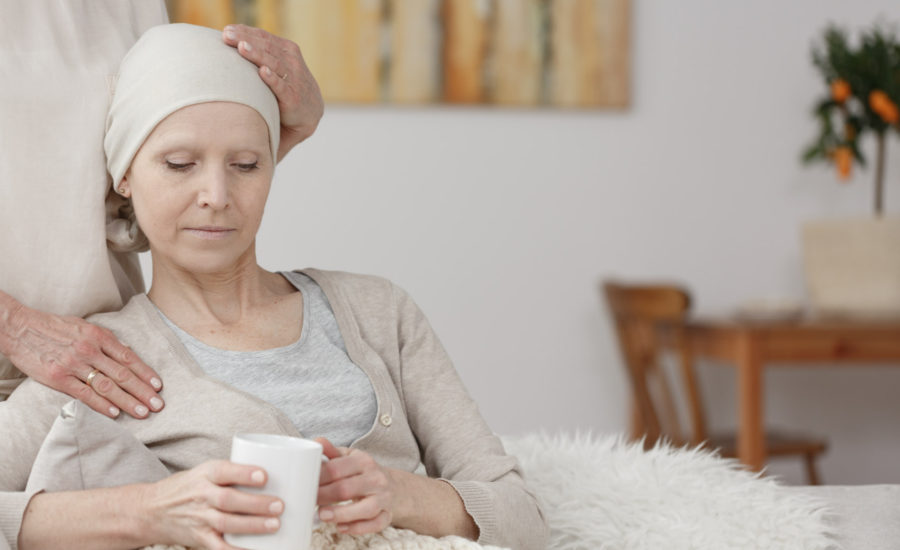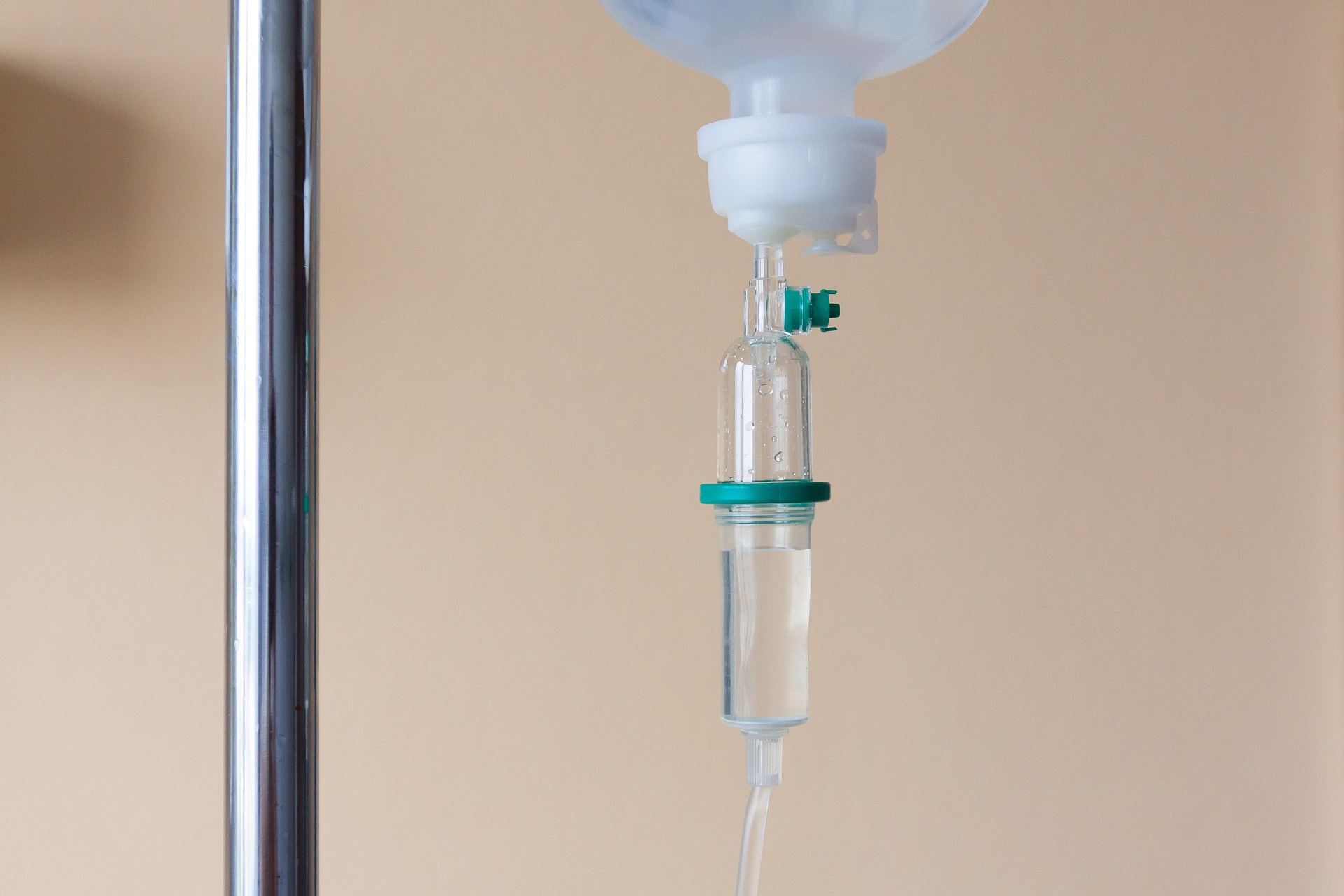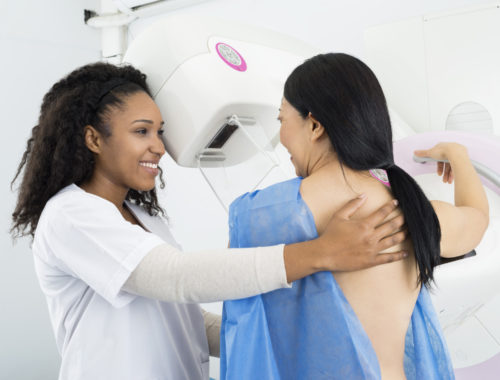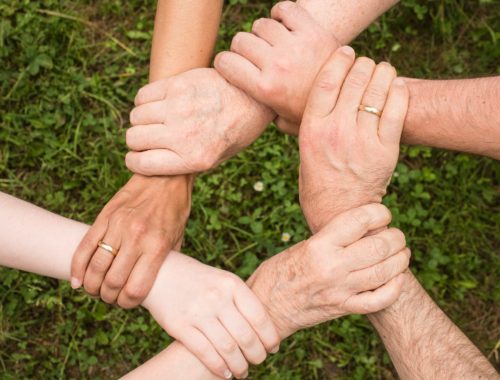Cancer 101
What is Cancer & How Does it Start?

What is cancer? Why do I have it? What can I do to make treatment more effective? Is my family at risk? How can I prevent cancer from coming back after treatment?
These are a few of the overwhelming questions that patients face after a diagnosis. With so much information available online, it can seem impossible to know where to start and how to separate fact from fiction.
As a patient or caretaker, knowing how cancer works can help guide decisions that support health during treatment and into survival. Understanding cancer also plays a central part in taking steps toward prevention throughout a person’s lifetime.
Cancer 101 is an overview of the fundamental facts about cancer, from its beginnings in the body to the future of treatment.

Cells: The Building Blocks of Life
Cancer is usually thought of as a family of diseases caused by uncontrolled cell growth that can occur in any part of the body.
Despite its many forms, cancer is ultimately the result of damage to the genes in our DNA that control our cells. Our entire body is made out of trillions of cells working together in their own special roles. Some form our bones and muscles, covert food into energy, and protect our bodies from infections to name just a few. The genes that make up our DNA work as the instruction manual for cells, telling them how to do their jobs.
Cells are constantly dividing to create new cells so our body can grow, repair injuries, and maintain our health. As cells divide, they copy their DNA into the newly created cells so that they have the same instructions. When they are healthy, the genes in our DNA tell our cells how to grow and divide in a controlled fashion.
Cells are naturally programmed to die after a certain point in their lifespan or if they stop working properly in a process called apoptosis.

How Our Genes Lead to Cancer
Damage to our genes, called a mutation, can throw a wrench in this orderly system that guides the life of our cells. Mutations change our cells’ instructions, causing them to behave in potentially harmful ways. Cancer is the result of these changed behaviors.
Cells are constantly exposed to factors that can damage our genes. These dangers come both from within our body (like chronic inflammation, body fat, or hormones) and the outside world (like smoking, alcohol, certain viruses, and pollutants). Most mutations don’t have any noticeable effects thanks to our body’s rapid response DNA-repairing abilities.
If damage to a cell can’t be repaired, the cell normally gets signal to die (apoptosis) so that the mutation is not passed on. But if the cell escapes the signal to die, the mutation can lead to cancer.
Though there are many kinds of mutations, damage to certain critical types of genes may almost certainly lead to cancer. Two such gene types, known tumor suppressor genes and oncogenes, control cell growth and division.
For example, a tumor suppressor gene known as Rb normally work as the “brakes” that stop cells from dividing. Mutations to Rb genes work like cutting the brakes that signal cells when to stop growing.
Another gene called src, is a type of oncogene that normally instructs cells to grow. Mutation to these kinds of genes act like pressing down the accelerator to a car, causing cells to divide non-stop at a hyperactive pace.
When combined together, mutations cause cells to continue dividing and growing when it is no longer needed, leading to the unstoppable cell growth that cancer is known for.

The Hallmarks of Cancer
Cancer is not just one occurrence of a mutation, but a growing process of normal cells escaping their instructions, leading to behaviors defined by the hallmarks of cancer such as the abilities to:
- Grow and divide endlessly
- Hide from the immune system and the body’s defenses against dangerous cells
- Grow their own supply of blood vessels to use as fuel (angiogenesis) and sap the body’s nutrition (cancer cachexia)
- Gain immortality by resisting the pre-programed instruction that normally tell cells when to die (apoptosis)
- Spread to other parts of the body (metastasis)
Continue reading the next chapter of the Cancer 101 series for more information on the causes of mutations and the genetic role of cancer within our families.




